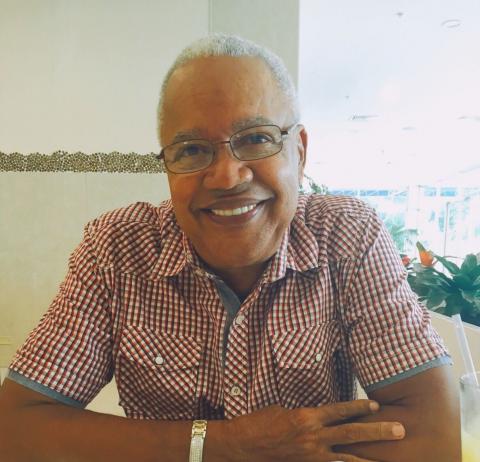
The transformative role of technology is boundless as long as we are willing to open our minds to the possibilities.
Health technology can be applied to almost every aspect of healthcare to improve efficiency and access.
Radiology, though not frequently mentioned, is an important component to full healthcare digitisation and telemedicine. Through this digitisation, access to qualified and talented healthcare professionals can be significantly increased, thus solving staff shortage issues in the area of radiology and imaging. While the technology cannot increase the numbers, it can expand the scope and reach of professionals.
Tele-radiology is the transmission of scans and images such as X-rays, CT, ultrasound, and MRI from one location to the next to facilitate sharing for remote reading and analysis by radiologists and physicians.
The world is moving towards digitised healthcare systems and a part of this involves the adoption of telemedicine. Tele-radiology is an important part of this digital health ecosystem.
Picture Archiving Communication System
Normally, radiologists review and analyse digital images on a work station. The Picture Archiving Communication System facilitates this process.
Since the images are already digital, the location of the radiologist is not an issue as long as the images are easily transmitted. This is where tele-radiology has a footing. Important linkages can be made across healthcare facilities in both public and private sectors.
With tele-radiology, hospitals across the island can share a cohort of radiologists and, if they so desire, centralise the service. This can be facilitated through the Radiology Information System (RIS). This is now possible at the University Hospital of the West Indies, which is implementing the RIS as part of its digitisation process. When other public hospitals follow suit, resources can be shared across the health sector, resulting in improved efficiency.
The RIS provides for more comprehensive and holistic management of radiology services and allows tele-radiology to work at its optimum.
It facilitates the management of the entire imaging department with functions including billing, inventory management, patient registration and management, document scanning, digital reporting and transmission of clinical reports, among others.
However, one very important feature of tele-radiology that can also be facilitated through the RIS is location optional interaction with other radiologists. This could be the end of a shift system as we know it, as professionals potentially hailing from all over the globe could be available 24/7/365, thereby increasing access and reducing waiting time for patients.
As an example, when Jamaica goes to sleep, radiologists in Australia or India would be up and working providing unbroken service. A radiologist then could be anywhere on the globe and be able to read and analyse reports and quickly send back results to the healthcare facility.
This could also open doors to entrepreneurship among radiologists and others who could provide the service as part of a private sector venture.
BEST TALENTS AVAILABLE
Equally important, this global access and reach could open doors to the best talents all around and sharing important data that can help overall with imaging and analysis and with patient health and well-being.
Particularly difficult cases could benefit from this, as well as several ‘second’ opinions, especially from those who may have vast experience in certain areas. Remember that this access does not only involve the radiologist, doctors could also be a part of this ecosystem.
Imagine, for example, being in Jamaica yet having immediate access to world-renowned neurologists for analysis and opinions on MRI scans in real time. This is all possible with the RIS.
The platform currently being installed at the UHWI will facilitate all of this. The rest is left to policy. Hopefully, this will catch the attention of other policymakers in the Caribbean so we can truly have a regional health network.
This brings us back to where we started telemedicine. This is where the world is going. The success of telemedicine depends on online, real-time interaction, and so tele-radiology through the RIS fits perfectly.
This is indeed the present and future of telemedicine and tele-radiology, and thanks to the vision of Professor Archibald McDonald and the HIMS platform he chose for UHWI, Jamaica will not be left behind.
- Doug Halsall, is the chairman and CEO, Advanced Integrated Systems. Feedback: Doug.halsall@gmail.com or sundaygleaner@gleanerjm.com
Published:Sunday | January 14, 2018 | 12:00 AM Doug Halsall

